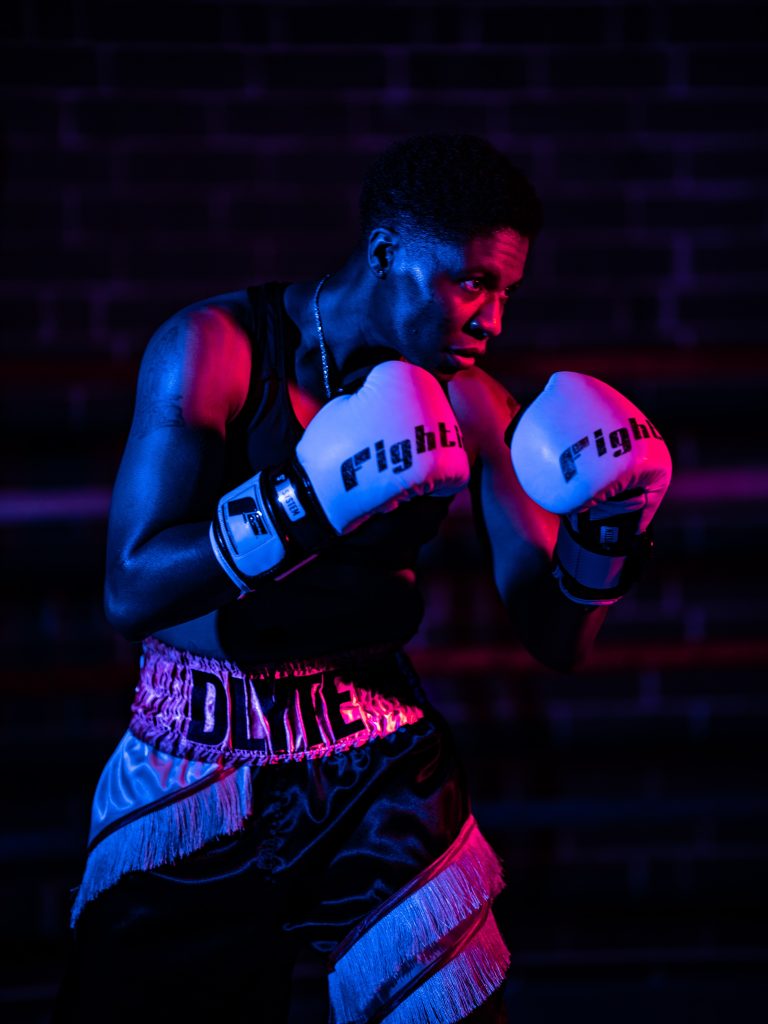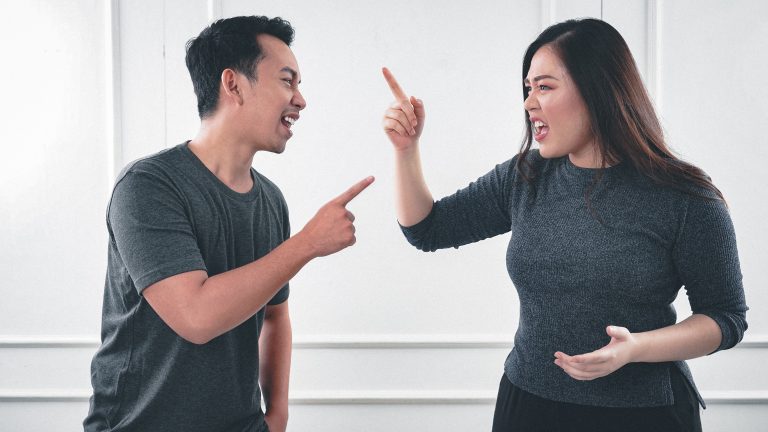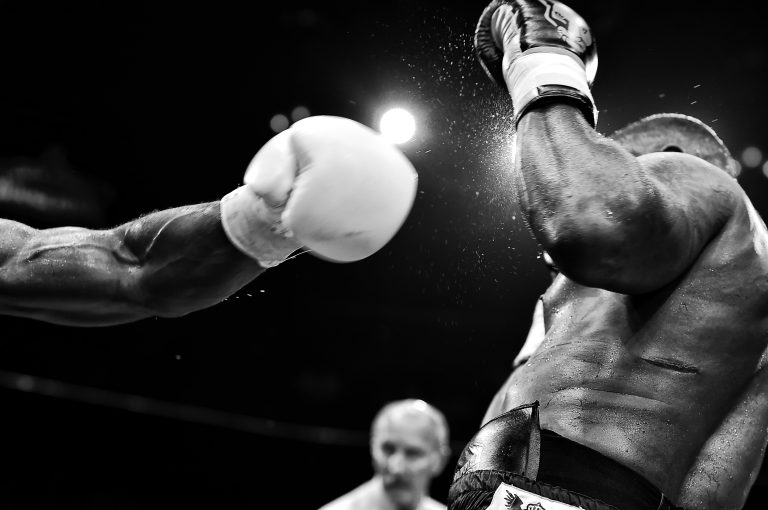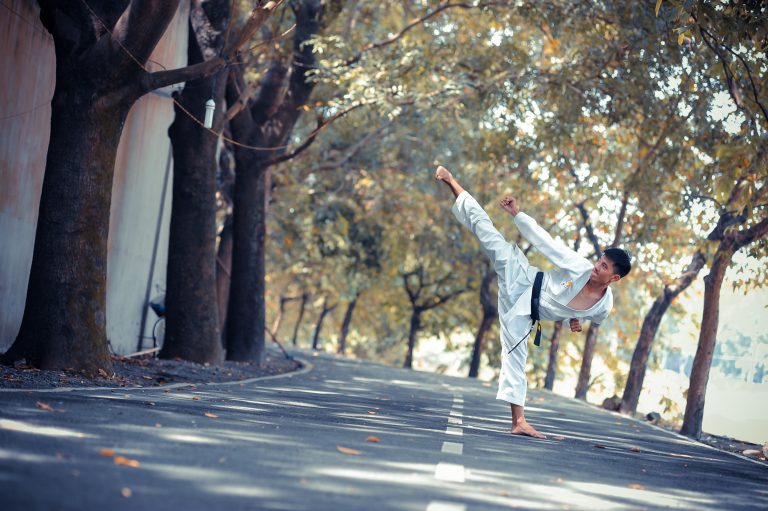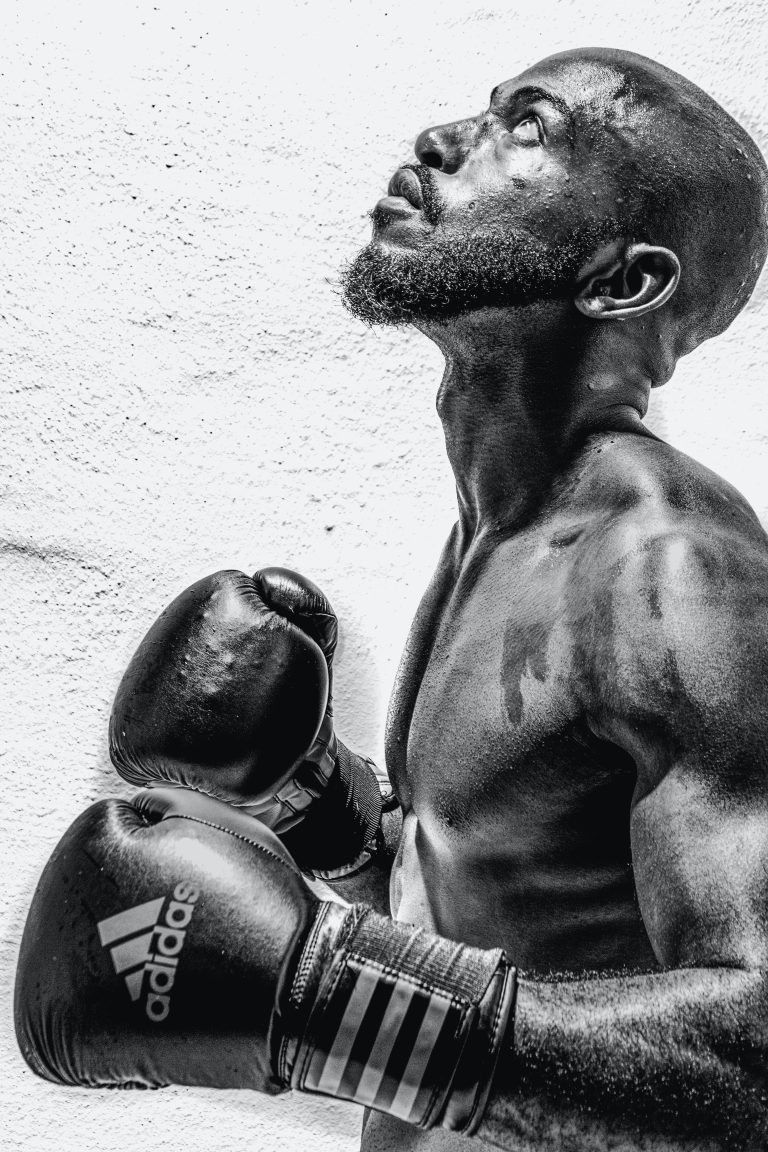Arten von Karate-Kicks
Karate ist eine Kampfkunst, die viele verschiedene Techniken beinhaltet, einschließlich Kicks. Kicks sind ein wichtiger Teil von Karate-Kämpfen und können helfen, den Gegner zu besiegen. In diesem Artikel werden wir die Arten von Karate-Kicks erläutern.
1. Mae Geri
Mae Geri ist ein Frontkick, bei dem das Bein nach vorne gestreckt wird. Dieser Kick wird normalerweise mit dem vorderen Bein ausgeführt und zielt darauf ab, den Gegner im Bauch oder Kopf zu treffen. Dabei wird das Knie des schlagenden Beins hochgezogen und dann in einer geraden Linie ausgestreckt.
2. Yoko Geri
Yoko Geri ist ein Seitkick, bei dem das Bein zur Seite bewegt wird. Dieser Kick kann mit dem vorderen oder hinteren Bein ausgeführt werden. Yoko Geri zielt normalerweise auf die Seiten des Gegners ab und kann dazu genutzt werde, um eine Verteidigungslinie zu durchbrechen.
3. Mawashi Geri
Mawashi Geri ist ein Rundkick, bei dem das Bein in einem kreisförmigen Bogen geschwungen wird. Dieser Kick kann mit dem vorderen oder hinteren Bein ausgeführt werden und zielt normalerweise auf den Körper des Gegners ab. Die Kraft dieses Kicks kommt aus der Drehung des Körpers.
4. Ushiro Geri
Ushiro Geri ist ein Rückwärtskick, bei dem das Bein nach hinten gestreckt wird. Dieser Kick wird normalerweise mit dem hinteren Bein ausgeführt und zielt darauf ab, den Gegner hinter sich zu treffen. Dieser Kick erfordert eine schnelle Drehung des Körpers und ist somit ein schneller und wendiger Angriff.
5. Soto Uke Geri
Soto Uke Geri ist ein Dreieckskick, bei dem das Bein in einem schrägen Winkel nach oben und außen gestreckt wird. Dieser Kick wird normalerweise als eine Art Verteidigungstechnik eingesetzt, um Angriffe des Gegners abzuwehren.
6. Uchi Uke Geri
Uchi Uke Geri ist ein Keilkick, bei dem das Bein in einem schrägen Winkel nach unten und innen gestreckt wird. Dieser Kick wird ebenfalls oft als Verteidigungstechnik eingesetzt, um Angriffe des Gegners abzuwehren.
Abschließend lässt sich sagen, dass die verschiedenen Arten von Karate-Kicks durchaus unterschiedliche Merkmale aufweisen und für verschiedene Zwecke eingesetzt werden können. Jeder Kick erfordert eine unterschiedliche Technik und ein unterschiedliches Maß an Geschwindigkeit und Präzision. Demnach ist es für jeden Karatekämpfer wichtig, alle Kick-Techniken ausreichend zu trainieren und zu beherrschen, um im Wettkampf oder in der Selbstverteidigung effektiv agieren zu können.
Frequently Asked Questions about Arten von Karate-Kicks
Karate is an ancient martial art that originated in Okinawa, Japan. It is a combination of different techniques and movements that involve striking, grappling, and joint locking. It has become popular all over the world because of its unique style and philosophy. Karate is divided into various forms, and each form consists of different types of kicks. In this blog post, we will answer the most frequently asked questions about Arten von Karate-Kicks.
1. What are Karate-Kicks?
Karate-Kicks are a series of movements that involve striking with the feet or legs. They are used as a form of attack or defense in various situations. Karate-Kicks are an essential part of karate, and mastering them requires a lot of practice and dedication.
2. What are the different types of Karate-Kicks?
There are several types of Karate-Kicks. Some of the most common types include:
i. Mae Geri:
Mae Geri is a front kick technique that involves kicking forward with the front leg to strike an opponent. It is usually aimed at the midsection or head of the opponent.
ii. Mawashi Geri:
Mawashi Geri is a roundhouse kick technique that involves kicking in a circular motion with the back leg. It is aimed at the midsection or the head of the opponent.
iii. Yoko Geri:
Yoko Geri is a sidekick technique that involves kicking sideways with the leg. It is usually aimed at the ribs or head of the opponent.
iv. Ushiro Geri:
Ushiro Geri is a back kick technique that involves kicking backward with the back leg. It is aimed at the lower body of the opponent.
3. What are the benefits of practicing Karate-Kicks?
Practicing Karate-Kicks can provide several benefits, including:
i. Improved balance and coordination:
Karate-Kicks require coordination between the upper and lower body, which helps improve balance and coordination.
ii. Increased strength and flexibility:
Karate-Kicks involve using various muscles in the legs and hips, which results in increased strength and flexibility.
iii. Better cardiovascular health:
Karate-Kicks require a lot of energy and exertion, which can improve cardiovascular health.
iv. Self-defense:
Karate-Kicks can be used as a form of self-defense in various situations.
4. How can I improve my Karate-Kicks?
Improving Karate-Kicks requires regular practice and dedication. Some tips that can help improve Karate-Kicks include:
i. Practice proper form and technique:
Correct form and technique are essential when performing Karate-Kicks. Practicing them regularly can help improve them.
ii. Strengthen the relevant muscles:
Karate-Kicks involve using various muscles in the legs and hips. Strengthening these muscles can help improve Karate-Kicks.
iii. Work on your flexibility:
Flexibility is vital when performing Karate-Kicks. Stretching regularly can help improve flexibility.
iv. Focus on speed and accuracy:
Speed and accuracy are crucial in Karate-Kicks. Practicing them regularly can help improve them.
5. Can Karate-Kicks be dangerous?
Karate-Kicks can be dangerous if not performed correctly. Practicing under the guidance of a trained instructor is essential to prevent injuries.
6. Can anyone learn to do Karate-Kicks?
Yes, anyone can learn to do Karate-Kicks. It does not require any specific physical abilities or age. However, it does require dedication and commitment to practice regularly.
7. What equipment is needed to practice Karate-Kicks?
To practice Karate-Kicks, you need the following equipment:
i. Gi:
A Gi is a traditional uniform worn in karate. It consists of a jacket, pants, and a belt.
ii. Protective gear:
Protective gear such as gloves, shin guards, and headgear is essential when practicing Karate-Kicks.
iii. Mats:
Mats are required to provide a safe surface to practice Karate-Kicks.
Conclusion
Karate-Kicks are an essential part of Karate and require regular practice and dedication to master. They provide several benefits, including improved balance and coordination, increased strength and flexibility, better cardiovascular health, and self-defense. Practicing under the guidance of a trained instructor and using proper equipment is essential to prevent injuries. Anyone can learn to do Karate-Kicks with dedication and commitment to practice regularly.
Inhaltsverzeichnis

